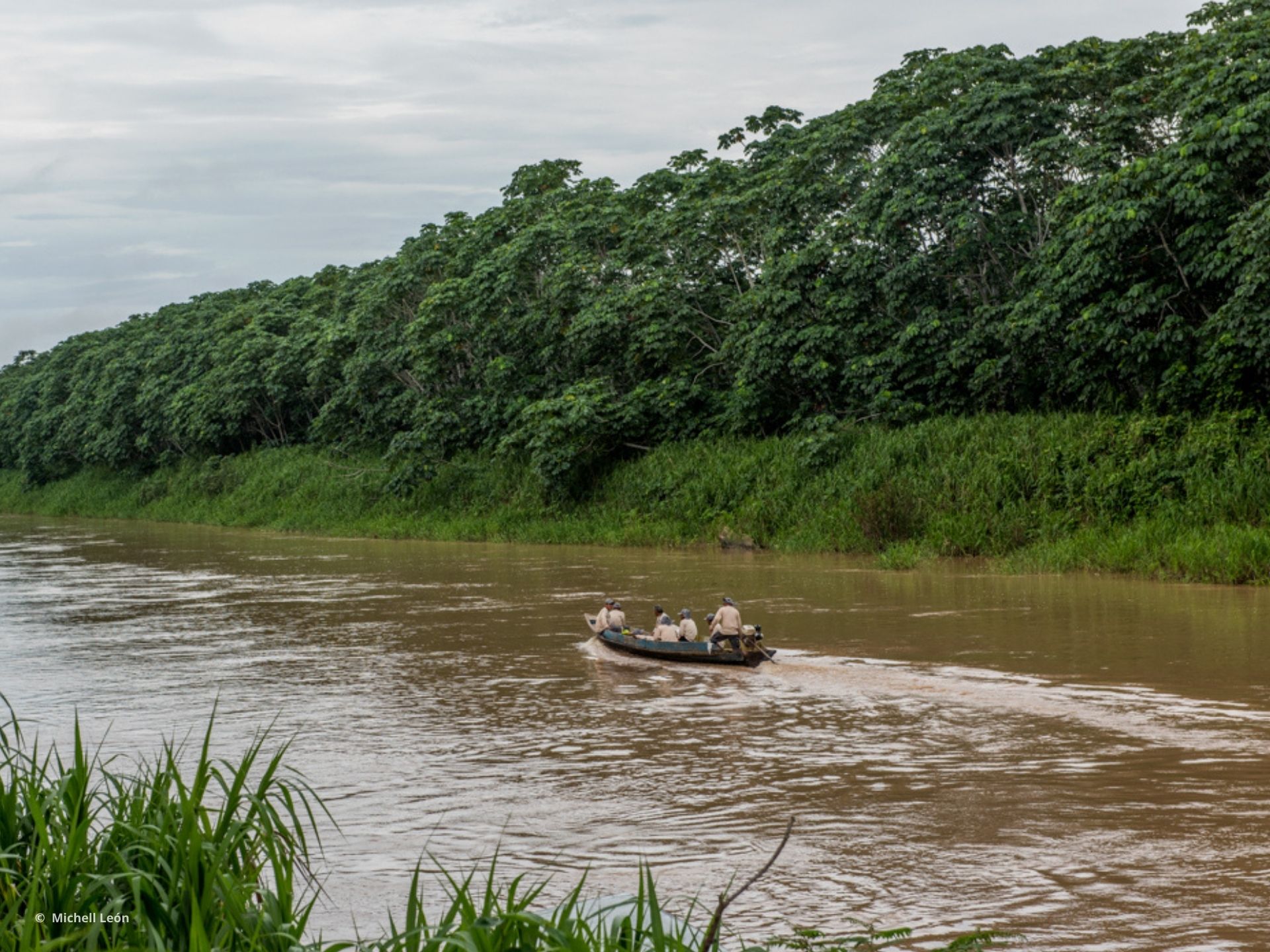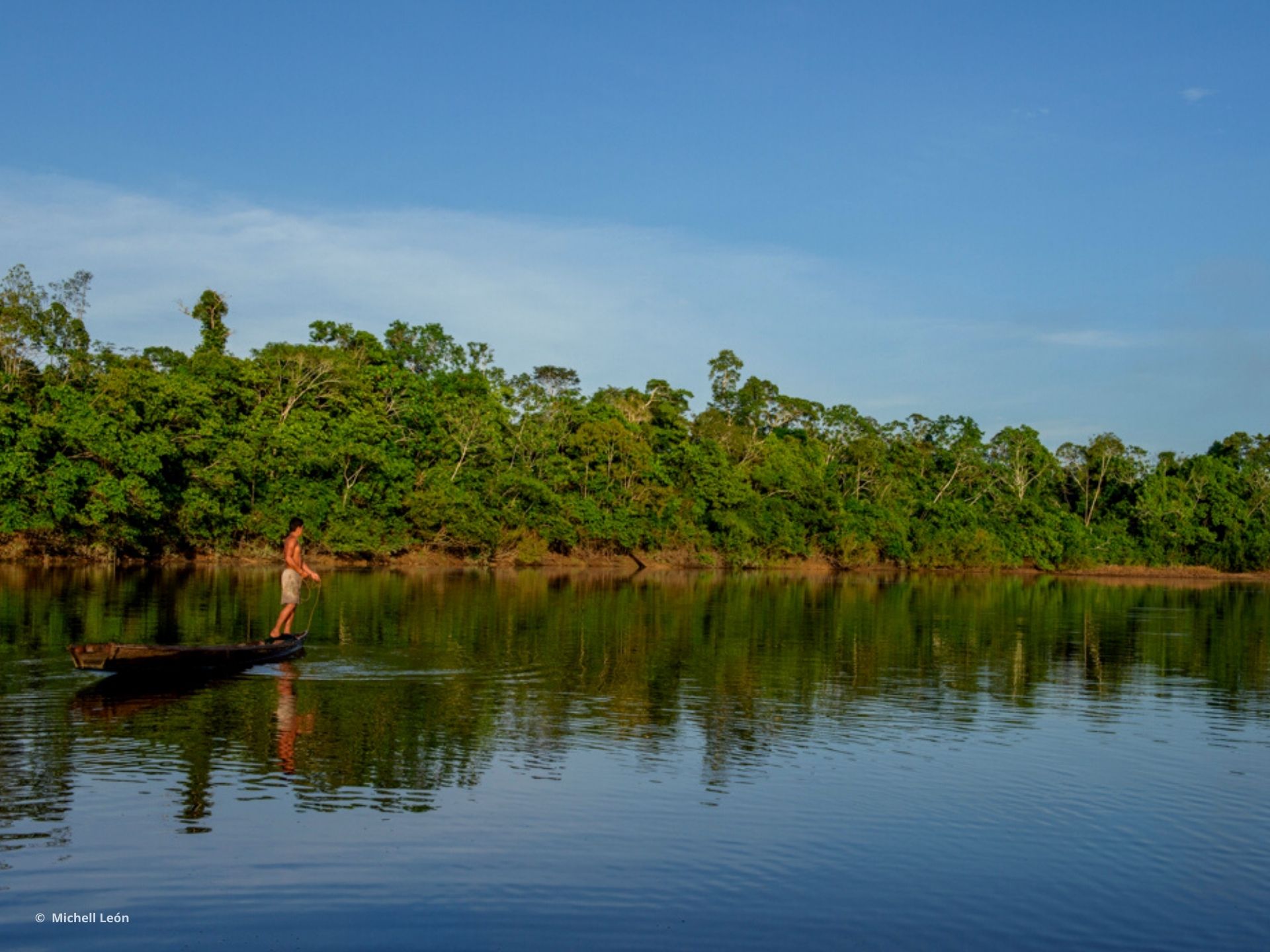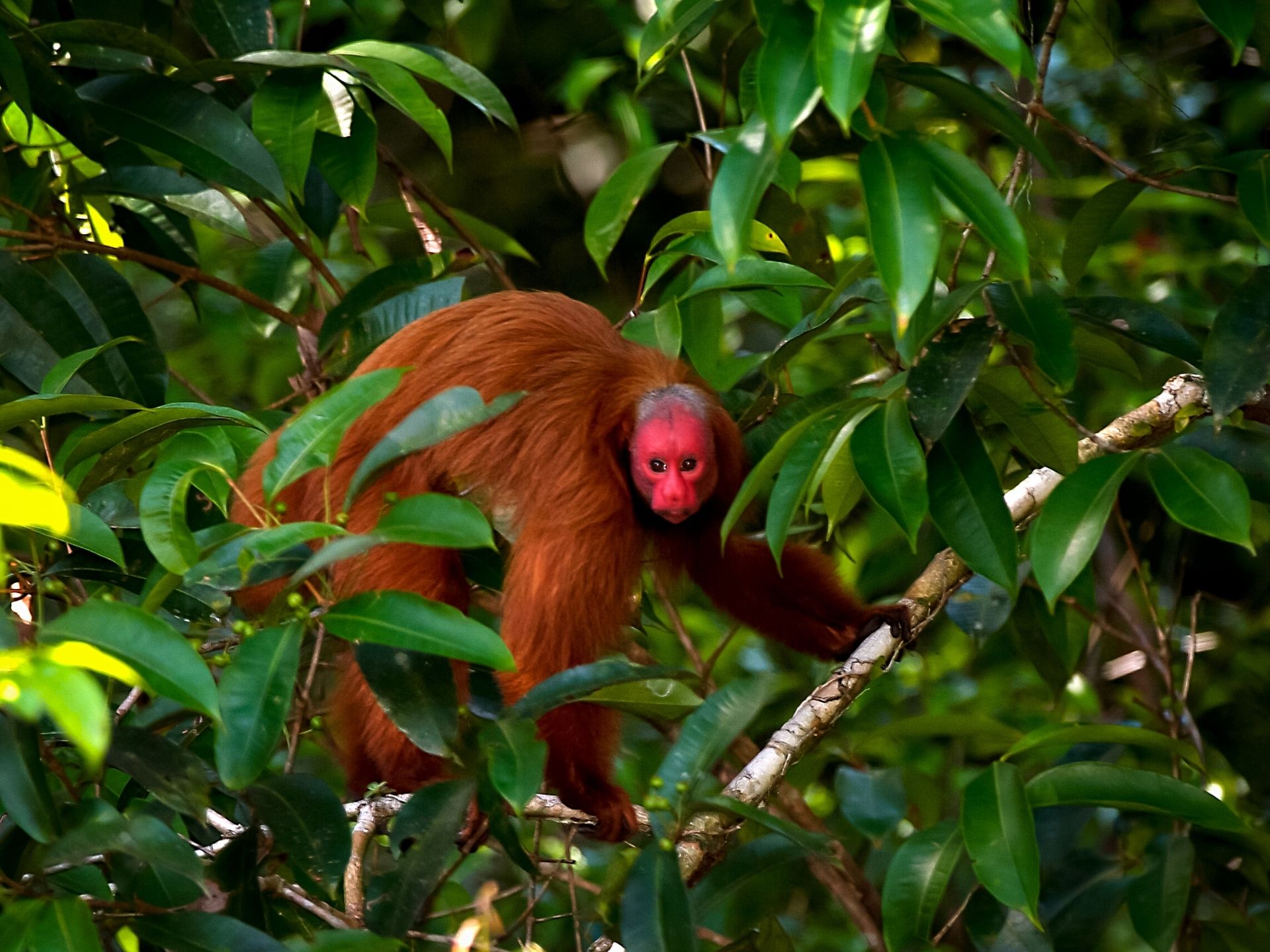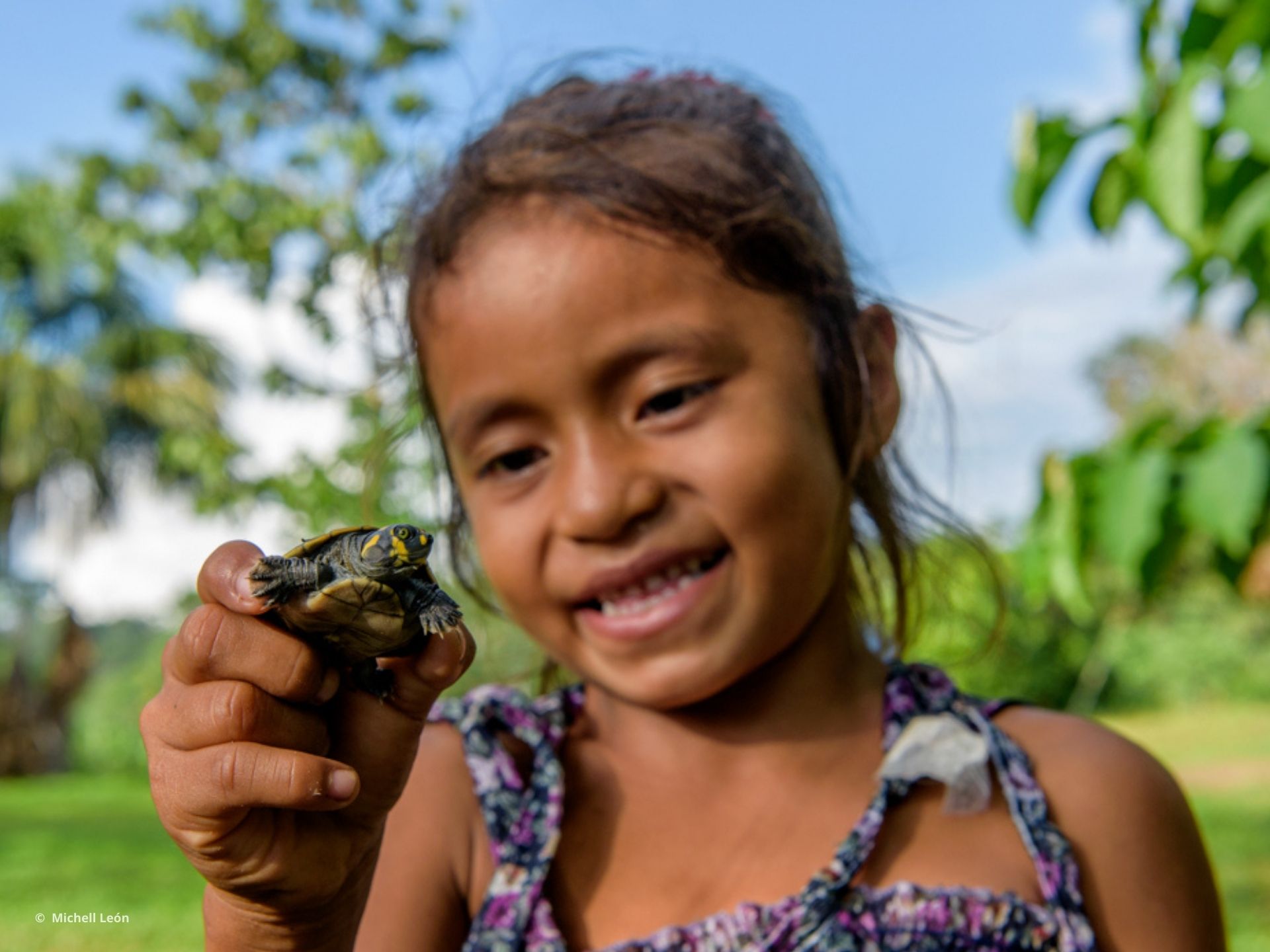Protecting Rare Bamboo Forests and Threatened Wildlife in Peru’s Amazon
07/28/2021
Strategic Area:
Wild Places -
Content Type: Blog
Country:
Peru -
Thanks to your support, there is a new conservation area in the Peruvian Amazon.
Nature and Culture International celebrates the declaration of a new conservation area in the department of Ucayali in central Peru. The newly established Alto Tamayo Communal Regional Conservation Area (CATA) protects 370,684 acres of threatened habitat, including the last remnants of bamboo forest in Ucayali.
Located in the Peruvian Amazon, CATA spans fragile and biodiverse ecosystems such as bamboo forests and isolated mountain ranges with elevations spanning from 2,600 – 4,900 feet. Its forests contain a spectacular array of wildlife. Charismatic species include the endangered white-bellied spider monkey (Ateles belzebuth), the vulnerable bald uakari monkey (Cacajao calvus), and the vulnerable giant anteater (Myrmecophaga tridactyla). CATA is also home to the endangered wattled curassow (Crax globulosa), the vulnerable yellow-spotted river turtle (Podocnemis unifilis), and the shihuahuaco (Dipteryx micrantha), a tree standing 160 feet tall.
Additionally, the area is critical for the regulation, collection, and storage of water. Its forests deliver water to the Abujao, Yucanya, Inamapuya, and Pichaya basins and directly provide water to 237 families. The protection of these resources will indirectly benefit more than 18,000 families by securing safe and abundant water for consumption, irrigation, and agriculture.
The headwaters of the Abujao and Tamaya Rivers within CATA are crucial for the reproduction of tropical freshwater fish, which local populations rely on for sustenance.
CATA is an important new link in a binational corridor of protected areas. It connects directly to the Serra do Divisor National Park across the border in Brazil, but it also expands a mosaic of other indigenous lands and conservation areas in Peru that include the Imiría Regional Conservation Area to the west and the Ishconahua and Yavari Tapiche Indigenous Reserves and the Sierra del Divisor National Park to the north. These areas form a continuous belt of intact forests that will help safeguard indigenous populations including those living in voluntary isolation.

CATA was created in response to increasing deforestation in the region. More than 61,776 acres were lost in Ucayali in 2018 alone.
Nature and Culture had been working for eight years to create CATA. Despite support from local communities and authorities, we faced an immense barrier: 70% of the proposed area was under government control as a Permanent Production Forest (PPF). This meant forest within the area was open to timber concessions for logging.
With your support, Nature and Culture conducted biological assessments and produced technical reports to catalyze the first-ever reduction of a PPF for the creation of a protected area in Peru. The Peruvian National Forest and Wildlife Service agreed to officially reduce the PPF by 259,460 acres last year!
“We had to demonstrate that the proposed area has greater potential for conservation than for wood extraction,” said Cristy Diaz, Nature and Culture Peru staff member.

The high rate of deforestation in the region is closely linked to the lack of options for sustainable income-generating activities. To combat this problem, Nature and Culture has been supporting local community members in sustainably harvesting the Amazonian aguaje fruit. This initiative will protect the area’s habitat and rich biodiversity by increasing the value of standing forest and securing sustainable livelihoods of communities.
To date, Nature and Culture has trained one local community in sustainable harvesting. The community historically cut the palm tree to collect aguaje fruit. With training, community members now safely climb the tree and pick the fruit. This project has benefitted ten families near CATA so far.

The area is a result of collaboration between the Regional Government of Ucayali, local communities and authorities, the Peruvian Service for Natural Protected Areas, and Nature and Culture International. CATA was established thanks to financial support from Andes Amazon Fund and generous donors like you!
With your help, Nature and Culture will continue to work with local communities and authorities to develop the area’s Management Plan to ensure lasting and effective conservation impact. We also plan to support biological studies in this remote region and help communities with additional sustainable development activities.
Thank you for making this achievement possible. We hope that this bit of good news inspires you to continue fighting for nature and culture.
Learn more about the reduction of the Permanent Production Forest in CATA here.




